

| Region rejsu : Azja |
| Firma : The Ritz-Carlton Yacht Collection |
| Statek : LUMINARA |
| Data rozpoczęcia : niedz. 03 maj 2026 |
| Data zakończenia : śr. 13 maj 2026 |
| Liczba nocy : 10 nocy |
| Dzień | Data | Port | Wypłynięcie | Odpłynięcie |
|---|---|---|---|---|
| 1 | 3.05 niedz. | Yokohama (Tokio) / Japonia | 18:00 | |
| 2 | 4.05 pon. | Dzień na morzu / Morze | ||
| 3 | 5.05 wt. | Osaka / Japonia | 08:00 | 23:59 |
| 4 | 6.05 śr. | Dzień na morzu / Morze | ||
| 5 | 7.05 czw. | Hiroszima / Japonia | 08:00 | 18:00 |
| 6 | 8.05 pt. | Fukuoka / Japonia | 09:00 | 21:00 |
| 7 | 9.05 sob. | Busan / Korea | 08:00 | 17:00 |
| 8 | 10.05 niedz. | Sasebo / Japonia | 08:00 | 19:00 |
| 9 | 11.05 pon. | Kagoshima / Japonia | 08:00 | 14:00 |
| 10 | 12.05 wt. | Dzień na morzu / Morze | ||
| 11 | 13.05 śr. | Yokohama (Tokio) / Japonia | 08:00 |
THE RITZ-CARLTON YACHT COLLECTION – WSZYSTKO W CENIE
Niezależnie od tego, czy żeglujesz po hipnotyzujących wodach podczas luksusowego rejsu po Europie Północnej i Bałtyku, relaksujesz się w ciepłych wodach Karaibów podczas luksusowego rejsu po Karaibach, czy też wybierasz się w rejs, udogodnienia powinny być Twoim ostatnim zmartwieniem podczas rejsu z The Ritz-Carlton Yacht Collection. Wszyscy goście naszej wyjątkowej kolekcji jachtów mogą korzystać z szerokiej gamy światowej klasy udogodnień w ramach rejsu all-inclusive, niezależnie od rodzaju apartamentu i czasu trwania rejsu.
CENA ALL-INCLUSIVE OBEJMUJE:
• Pokoje z widokiem na ocean, każdy z prywatnym tarasem
• Napiwki na pokładzie
• Wiele restauracji
• Całodobowe posiłki w apartamentach
• Napoje w apartamentach i na całym jachcie
• Rozrywka i atrakcje na pokładzie
• Premium Wi-Fi, obsługujące przeglądanie stron internetowych, media społecznościowe, usługi streamingowe, rozmowy wideo i usługi VPN.
• Platforma w stylu mariny z dostępem do sportów wodnych bez użycia silnika podczas postoju na kotwicy
ANULACJE REJSÓW:
W przypadku wniosków o anulowanie rejsu otrzymanych w ciągu 150 dni przed datą rejsu naliczane są następujące opłaty za anulowanie:
150 do 121 dni przed datą rejsu opłata za anulowanie równa 25% ceny rejsu
120 do 91 dni przed datą rejsu opłata za anulowanie równa 50% ceny rejsu
90 do 61 dni przed datą rejsu opłata za anulowanie równa 75% ceny rejsu
60 lub mniej przed datą rejsu opłata za anulowanie równa 100% ceny rejsu
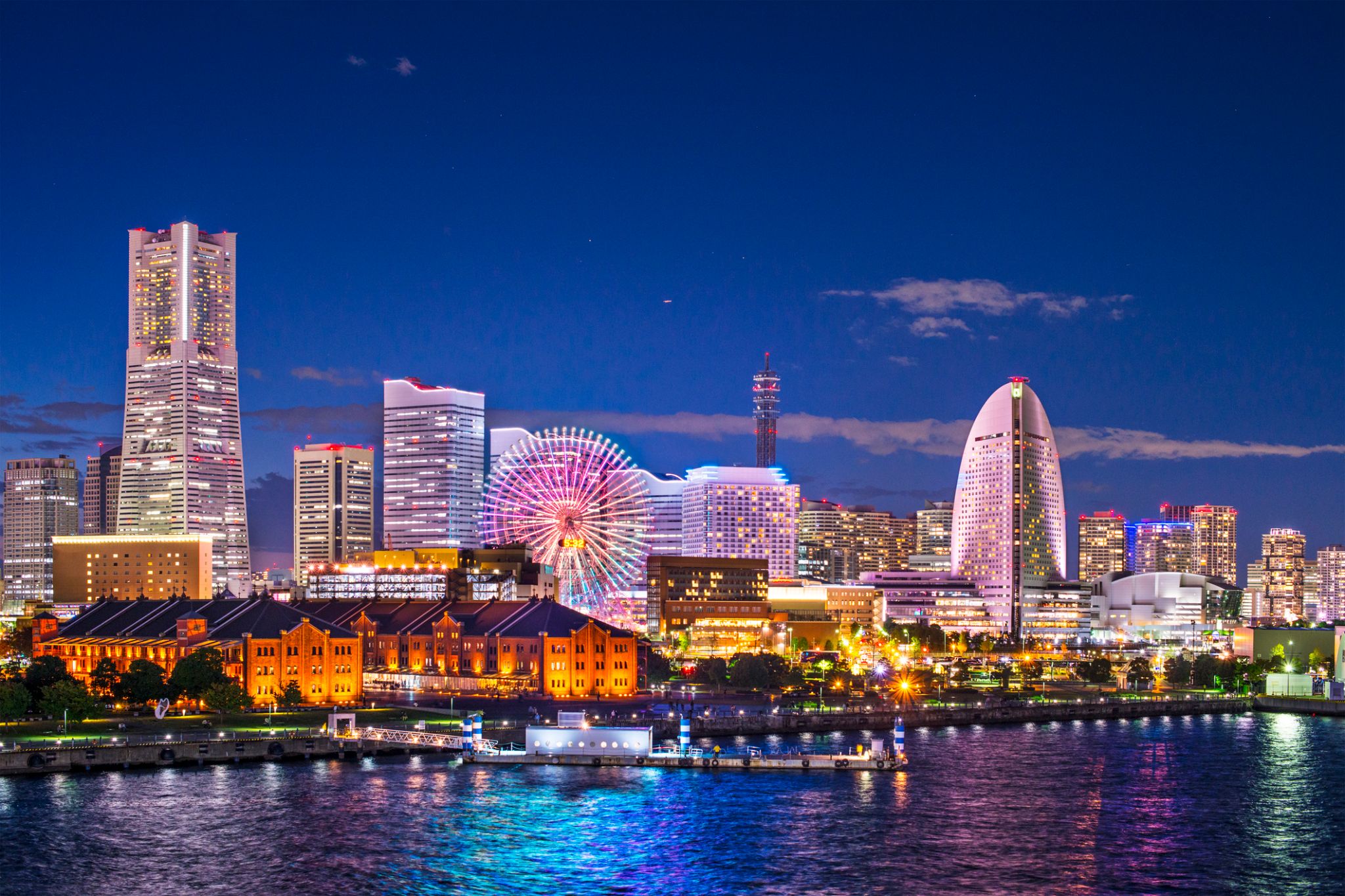
Tokyo, officially Tokyo Metropolis, one of the 47 prefectures of Japan, has served as the Japanese capital since 1869. As of 2014, the Greater Tokyo Arearanked as the most populous metropolitan area in the world. The urban area houses the seat of the Emperor of Japan, of the Japanese government and of the National Diet. Tokyo forms part of the Kantō region on the southeastern side of Japan's main island, Honshu, and includes the Izu Islands and Ogasawara Islands. Tokyo was formerly named Edo when Shōgun Tokugawa Ieyasu made the city his headquarters in 1603. It became the capital after Emperor Meiji moved his seat to the city from Kyoto in 1868; at that time Edo was renamed Tokyo. Tokyo Metropolis formed in 1943 from the merger of the former Tokyo Prefecture and the city of Tokyo. Tokyo is often referred to as a city but is officially known and governed as a "metropolitan prefecture", which differs from and combines elements of a city and a prefecture, a characteristic unique to Tokyo.
The 23 Special Wards of Tokyo were formerly Tokyo City. On July 1, 1943, it merged with Tokyo Prefecture and became Tokyo Metropolis with an additional 26 municipalities in the western part of the prefecture, and the Izu islandsand Ogasawara islands south of Tokyo. The population of the special wards is over 9 million people, with the total population of Tokyo Metropolis exceeding 13.8 million. The prefecture is part of the world's most populous metropolitan area called the Greater Tokyo Area with over 38 million people and the world's largest urban agglomeration economy. As of 2011, Tokyo hosted 51 of the Fortune Global 500 companies, the highest number of any city in the world at that time. Tokyo ranked third (twice) in the International Financial Centres Development Index. The city is home to various television networks such as Fuji TV, Tokyo MX, TV Tokyo, TV Asahi, Nippon Television, NHK and the Tokyo Broadcasting System.
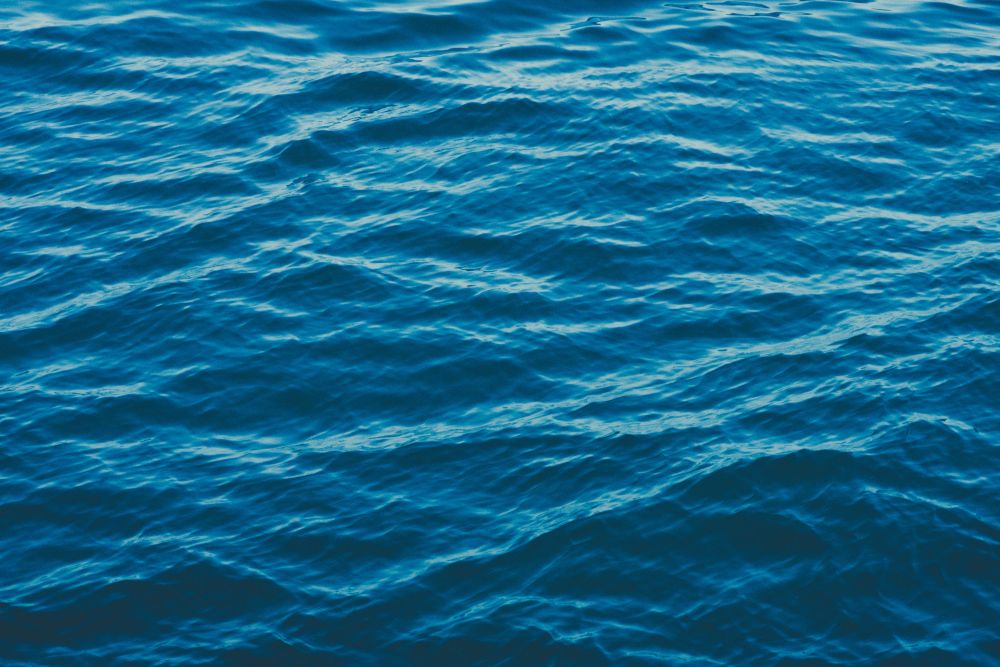

Osaka is a designated city in the Kansai regionof Japan. It is the capital city of Osaka Prefecture and the largest component of the Keihanshin Metropolitan Area, the second largest metropolitan area in Japan and among the largest in the world with over 19 million inhabitants. Osaka will host Expo 2025. The current mayor of Osaka is Hirohumi Yoshimura.

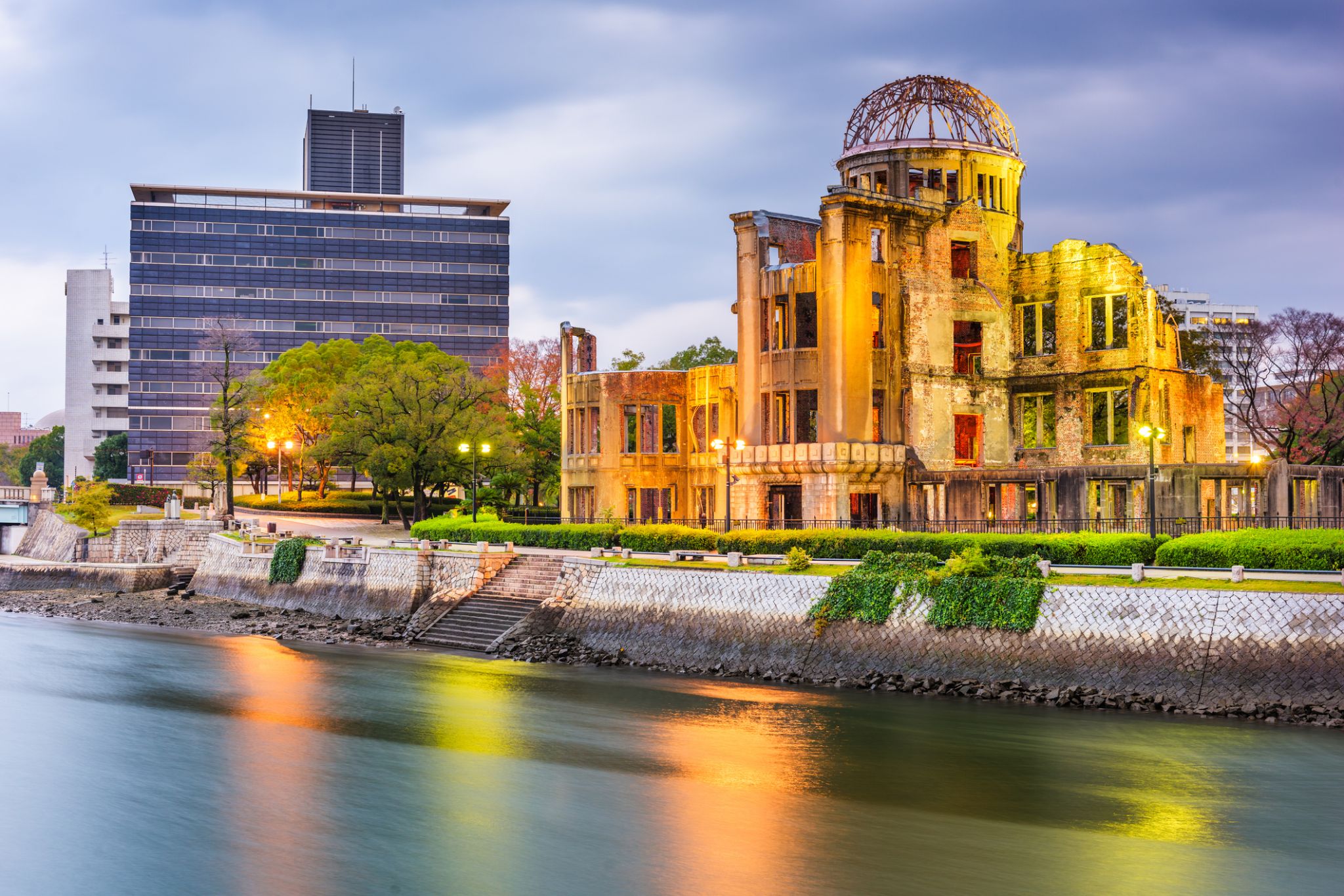
a city in southwestern Japan, on the southern coast of the island of Honshu; population 1,144,572 (2007). It was the target of the first atom bomb, which was dropped by the US on August 6, 1945, and resulted in the deaths of about one third of the city's population of 300,000. This, with a second attack on Nagasaki three days later, led to Japan's surrender and to the end of World War II.
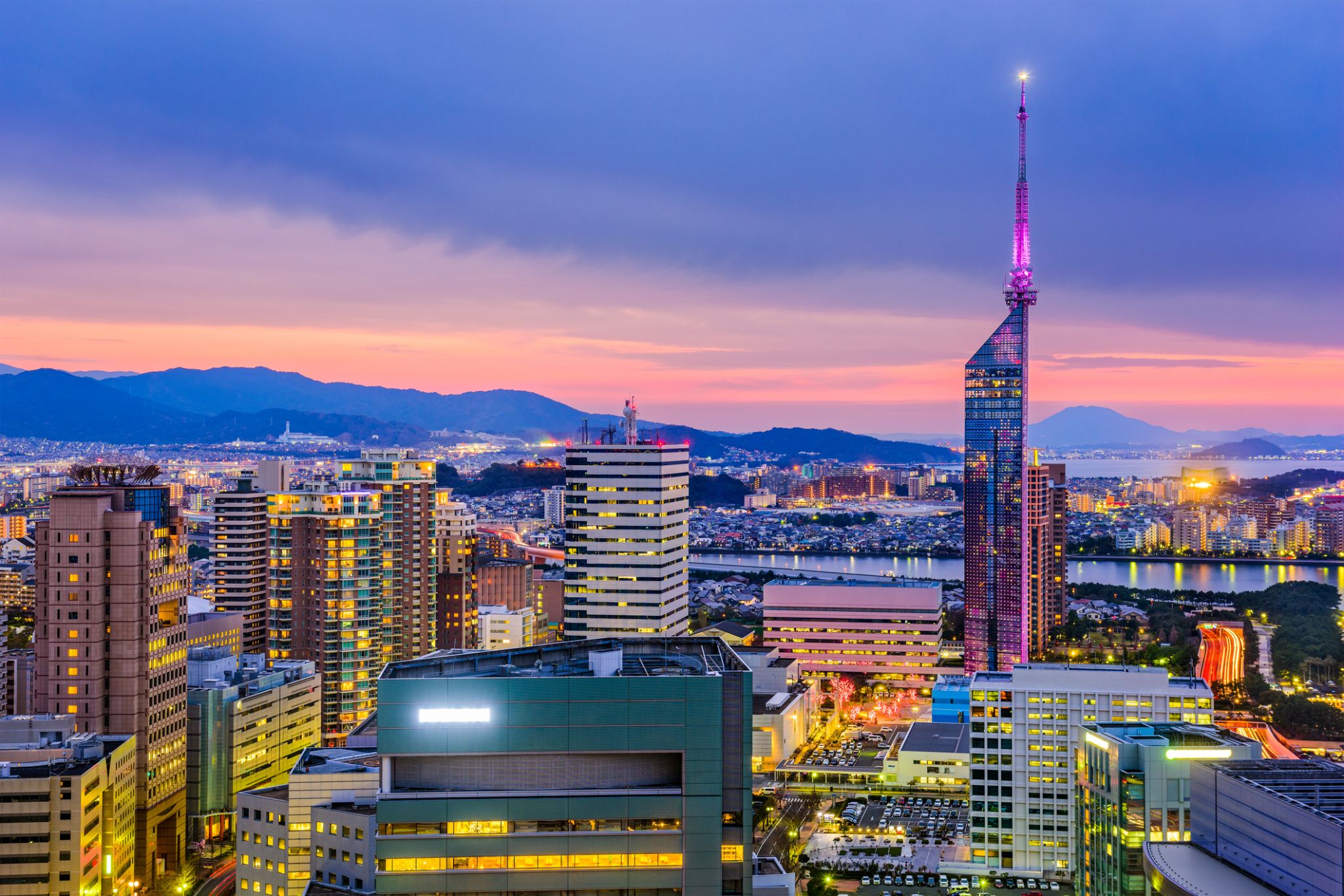
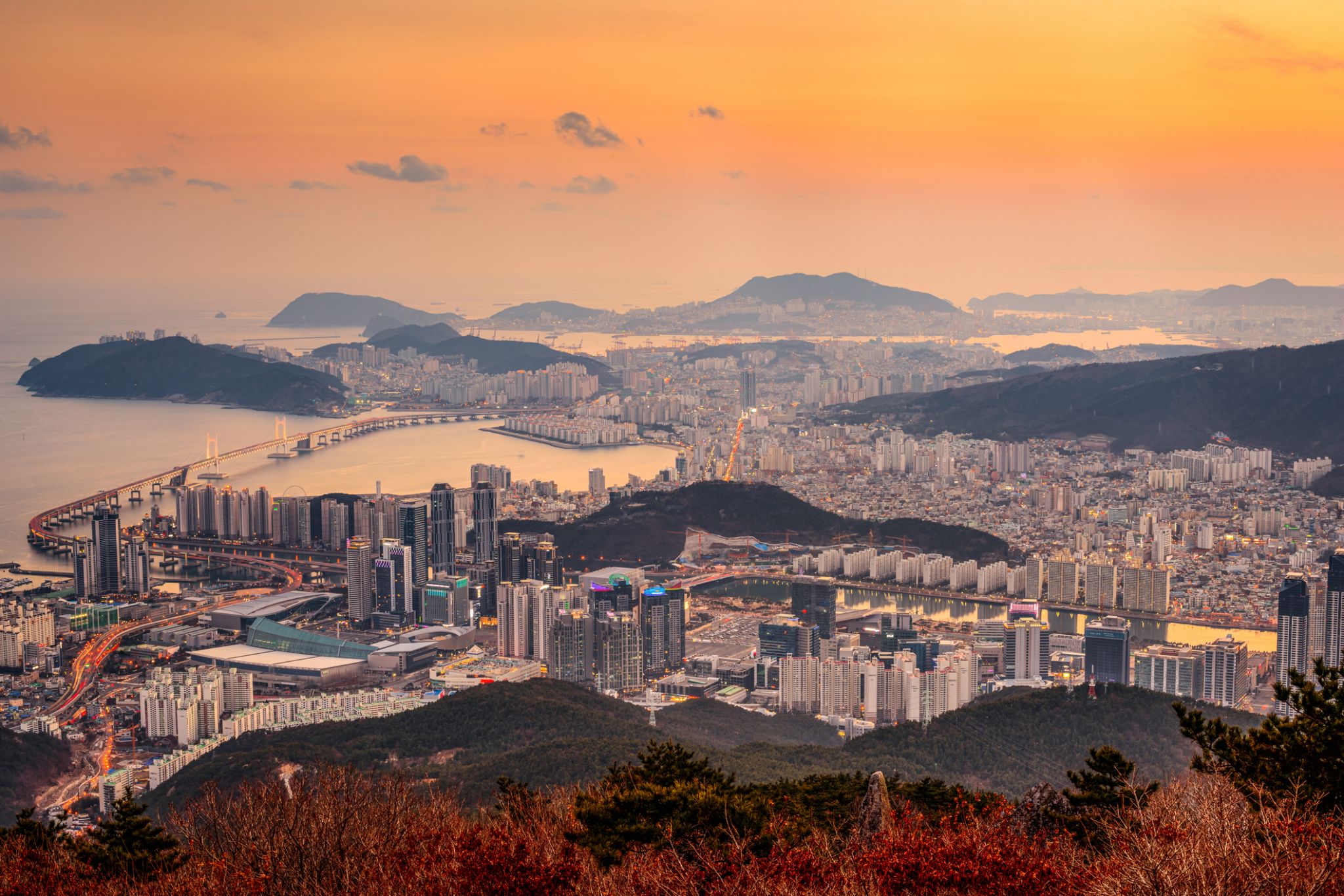
Busan, formerly known as Pusan and now officially Busan Metropolitan City, is South Korea's second most-populous city after Seoul, with a population of over 3.5 million inhabitants. It is the economic, cultural and educational center of southeastern Korea, with its port—Korea's busiest and the 9th-busiest in the world—only about 120 miles (190 km) from the Japanese islands of Kyushu and Honshu. The surrounding "Southeast Economic Zone" (including Ulsan and South Gyeongsang) is now South Korea's largest industrial area.
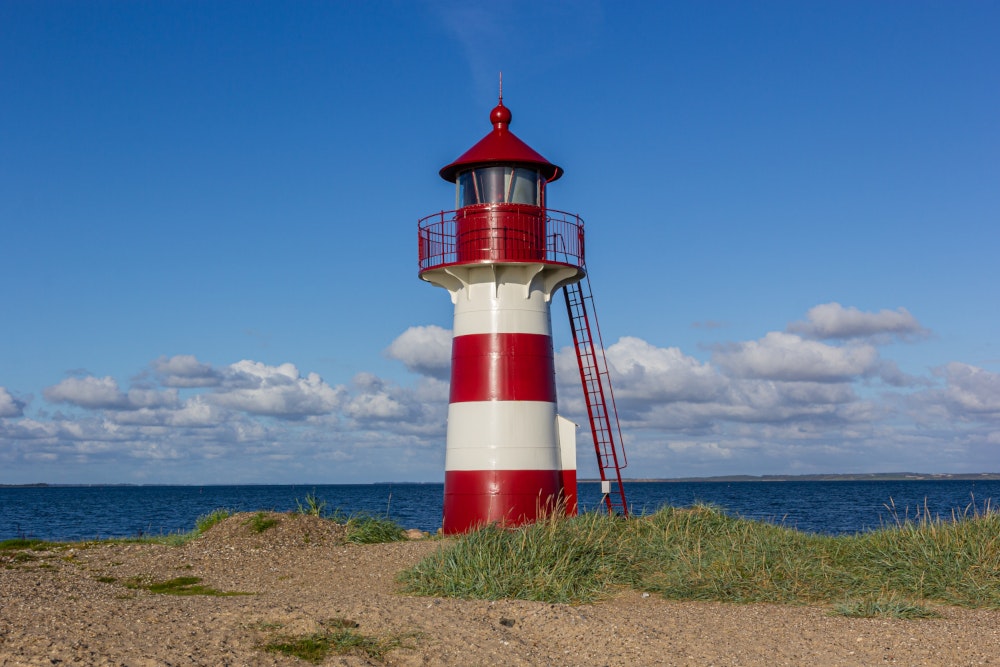
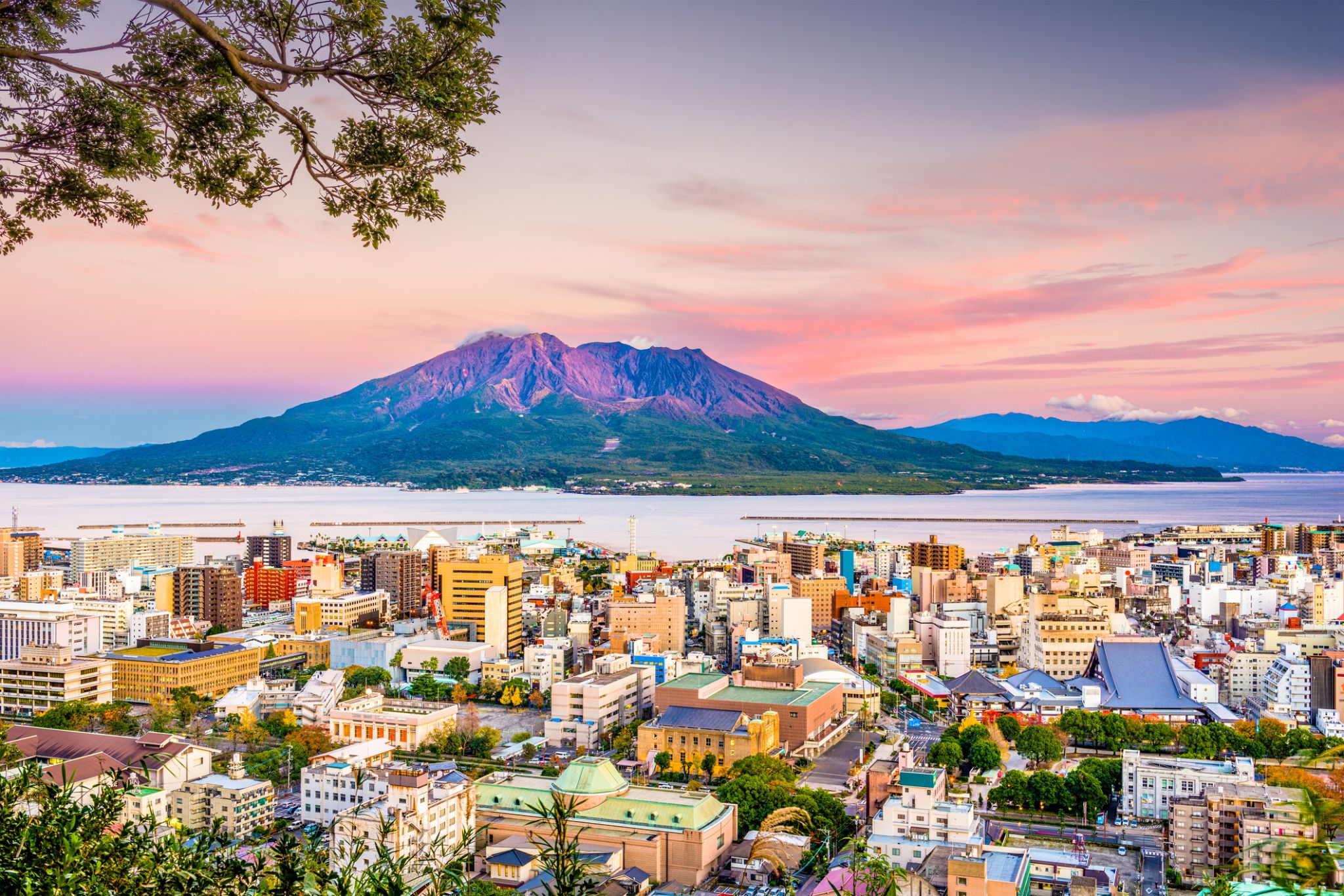
Kagoshima is the capital city of Kagoshima Prefecture at the south western tip of the island of Kyushu in Japan, and the largest city in the prefecture by some margin. It has been nicknamed the "Naples of the Eastern world" for its bay location (Aira Caldera), hot climate, and emblematic stratovolcano, Sakurajima. The city was officially founded on April 1, 1889.


Tokyo, officially Tokyo Metropolis, one of the 47 prefectures of Japan, has served as the Japanese capital since 1869. As of 2014, the Greater Tokyo Arearanked as the most populous metropolitan area in the world. The urban area houses the seat of the Emperor of Japan, of the Japanese government and of the National Diet. Tokyo forms part of the Kantō region on the southeastern side of Japan's main island, Honshu, and includes the Izu Islands and Ogasawara Islands. Tokyo was formerly named Edo when Shōgun Tokugawa Ieyasu made the city his headquarters in 1603. It became the capital after Emperor Meiji moved his seat to the city from Kyoto in 1868; at that time Edo was renamed Tokyo. Tokyo Metropolis formed in 1943 from the merger of the former Tokyo Prefecture and the city of Tokyo. Tokyo is often referred to as a city but is officially known and governed as a "metropolitan prefecture", which differs from and combines elements of a city and a prefecture, a characteristic unique to Tokyo.
The 23 Special Wards of Tokyo were formerly Tokyo City. On July 1, 1943, it merged with Tokyo Prefecture and became Tokyo Metropolis with an additional 26 municipalities in the western part of the prefecture, and the Izu islandsand Ogasawara islands south of Tokyo. The population of the special wards is over 9 million people, with the total population of Tokyo Metropolis exceeding 13.8 million. The prefecture is part of the world's most populous metropolitan area called the Greater Tokyo Area with over 38 million people and the world's largest urban agglomeration economy. As of 2011, Tokyo hosted 51 of the Fortune Global 500 companies, the highest number of any city in the world at that time. Tokyo ranked third (twice) in the International Financial Centres Development Index. The city is home to various television networks such as Fuji TV, Tokyo MX, TV Tokyo, TV Asahi, Nippon Television, NHK and the Tokyo Broadcasting System.